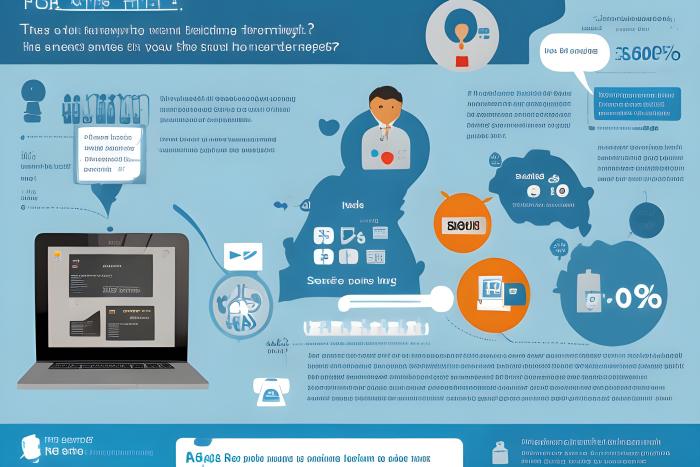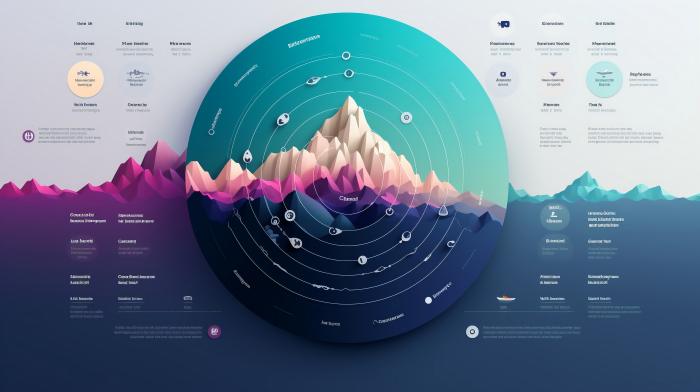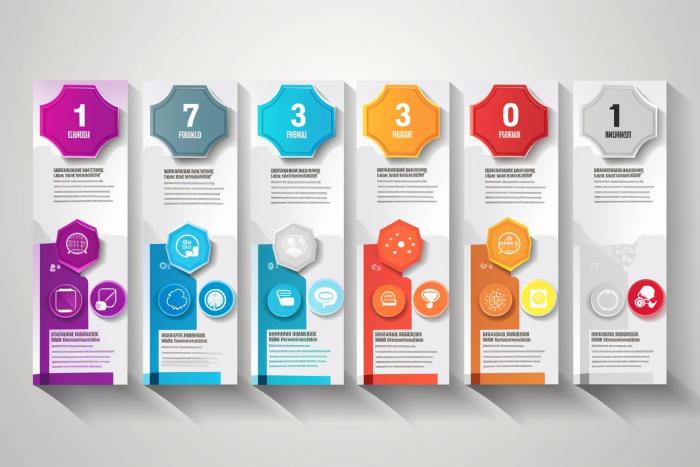- Home

Table of Contents
Toggle
“Short, visual explanations of processes attract more attention.”


“Identify whether your infographic aims to promote a product, enhance brand awareness, or drive social engagement.”Related Article: How to Create Engaging Facebook Posts to Boost Sales
“Selecting eye-catching colors and aligning them with your brand is crucial. High-quality images enhance the infographic’s appeal and effectiveness.”


บริษัท Digital Marketing Agency ที่มีประสิทธิภาพสูงพร้อมให้บริการธุรกิจของคุณด้วยความเป็นมืออาชีพ เพื่อให้แบรนด์ธุรกิจของคุณประสบความสำเร็จกับแคมเปญการตลาดออนไลน์